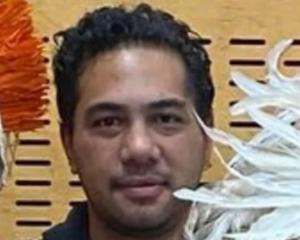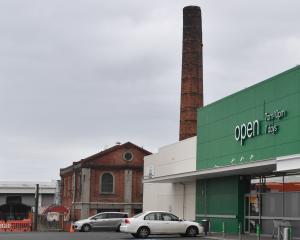
A team of students from Canterbury University are heading to the world stage with a device they invented to help farmers quickly detect a disease common in dairy cattle.
The eight biochemistry students are taking their device LuMoo to the iGem synthetic biology grand jamboree in Paris later this month.
LuMoo is designed to help with the detection of Johne's Disease - a bacterial infection in ruminants like cattle, which costs New Zealand's dairy industry up to $88 million a year in lost production.
"Particularly here in New Zealand it's a big problem for our dairy cows," team leader Joseph Ramana said.

The third year biochemistry student said their product aimed to cut laboratory testing out of the diagnostic process, allowing farmers to "take action faster".
The idea for the project came from a member of the team who worked on a farm over the summer and had seen the effects of Johne's disease firsthand.

"We're aiming to provide them with accurate results within minutes or seconds using this device," she said.
"Our method is to detect the pathogen that causes Johne's disease using an engineered protein that produces light. The appearance of a light indicates a negative result: no light means infection is present."
Being able to detect the disease rapidly would allow for "more effective herd management".
The project is still currently in the proof of concept stage with the device being manufactured.

Ramana agreed, adding that it was an incredible opportunity to go to the world stage to represent New Zealand.
Alongside Ramana and Dellow, the team includes Isabel Bradley, Bree Drinkwater, Maddie Barrett, Myles Landon, William Oakley and Matthew Goodwin.
They are the only New Zealanders taking part in the competition, which attracts about 4000 attendees from 60 different countries.
The students are fundraising to cover the costs of the trip and have set up a Givealittle page.













